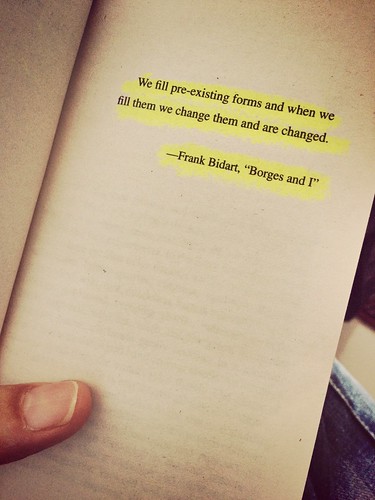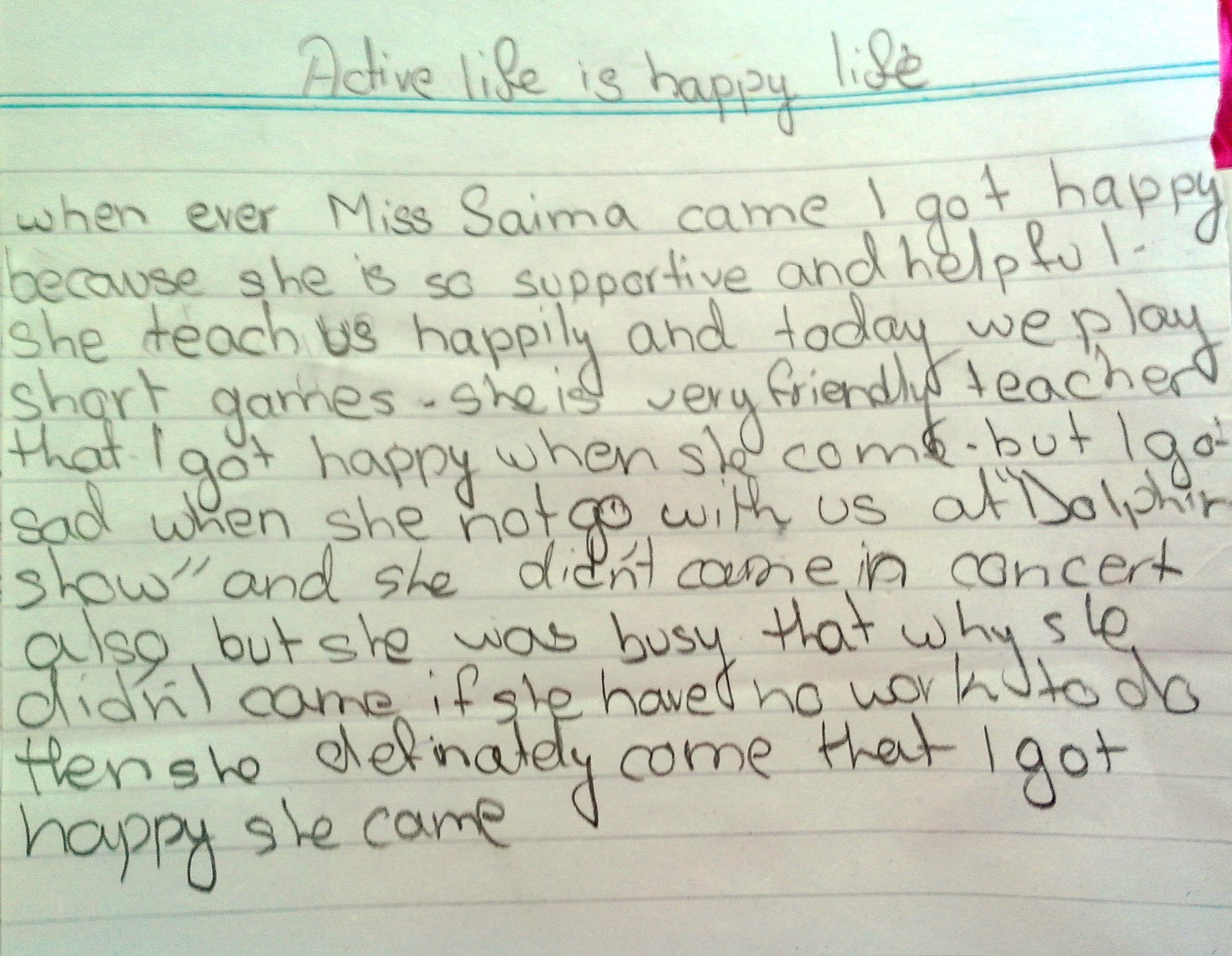
When I was in college, learning as an English Studies major, we were just beginning to have conversations about “hypertextuality” and what it’s implications might be for reading and writing. If everything could be connected to everything else to which it was referring, how might that change the load for readers?
Decades into the transformation, I’ve got my initial findings ready to report. It means a ton.
First, the reader’s perspective. Reading hyperlinked texts has created a continuous cavalcade of texts populating my browser windows across devices, apps, and windows. It hasn’t made reading more difficult, but it has made the act of learning from my reading more complex. I recently finished reading Emily St. John Mandel’s Station Eleven. It was a rare work of fiction to make it into my reading diet these days. Then, yesterday, I dove into Matthew Crawford’s Shop Class as Soulcraft. I should say that I’m reading both of these books through the Kindle app on my tablet. When I’m traveling, this lightens the load of my carry-on.
It took me a while to realize the experiential difference between the two texts. For Station Eleven, I got to read all the way through without any need of clicking. Mandel didn’t embed a single hyperlink in the book. I read it linearly as I do most works of fiction or when I’m reading a printed book. The cognitive demand was focusing on the story, the characters and how things were progressing as I moved through the book. If you haven’t read the book, it’s important to know Mandel packs the structure of the story with a great deal of complexity. Readers need to track multiple storylines across diverse geographies while also keeping track of a non-linear chronology. From a teacherly perspective, it’s advanced stuff.
Still, moving to Soulcraft was jarring. Crawford’s book is rife with endnotes and references to studies and other works that support the thesis he proposes. Because I was reading digitally, those endnotes were lit in blue on my screen, asking (daring me?) to click through and read those endnotes.
This exemplifies the biggest change I’ve experienced as a reader in a hypertextual world. I have to be active in my choices of how I navigate through what I’m reading while also actively engaging with the content of what I’m reading. My brain must do more if I’m to take advantage of the full experience.
Admittedly, the most clicking through I do when reading in the Kindle app or any of its brethren is using the dictionary function or highlighting a passage to keep or share. In online reading, though, it’s a different story. The image above is a screenshot of the window in which I’ve been writing this post. That’s twenty tabs. Some of them have been waiting for my attention for more than a month.
Hypertextuality hasn’t meant I’m reading more. I’ve always been hungry for words. It’s meant that I’ve more reading anxiously waiting for my attention. The ease of “Open Link in New Tab” driven by the Fear of Missing Out (FOMO) on important thinking means I’m never at a loss for material and often overcome by choices when it’s time to read. This is why those tabs have been left open so long.
The hyperlink has given me immediate access to more information and diversions, required me to think about what I want to read while I’m thinking about what I am reading. Basically, the Internet is a choose your own adventure book.
Now, as a writer. Hyperlinks have simplified the words I feel like I need to put on a page or a screen. I just did it in the previous paragraph. I wanted to make a choose your own adventure reference and realized not everyone would know what I was talking about. Rather than using the space to explain it, I got link to the Wikipedia entry and move on. Fewer words.
Plus, using tools like citebite and the highly extension, I’m able to pull in text I want to reference or share it out to posts I want to make on social media. I start to write alongside an author. I’m changing a text as I read it. I’m co-authoring. Sure, I write here on the blog. And I am a writer on other people’s blogs. I’m commenting in-line on Medium posts (which I just realized I could do here on my WordPress install). Basically, the hyperlink has made everything I type a web.
From a design perspective, it’s also allowed me to hide that web by embedding links within text. Whenever possible in email, because I want them to look clean and reduce the amount of text on a page, I embed my links. More often than I’d expect, this results in people responding with something like, “Looks like you forgot to include the link you mentioned. Could you send it?” Then, I do. I paste the ugly, naked URL in a reply email and mention nothing about the fact they missed it in my initial missive, because of all the cognitive demands I know they are experiencing just keeping up with reading in a hypertextual society.
So, where does that leave me? As a writer, I’m clearly seeing more of a benefit from living in a hypertextual society. There’s less of a demand on what I need to explain as I’m writing, and I’m able to make references to lesser known cultural touchstones or academic works while suggesting my readers do the work of building background knowledge. As a reader, I’m learning to manage my experience and make active choices about which rabbit holes I choose to jump into. I’m raising my awareness of the fact that being exhausted with something I’m reading doesn’t necessarily mean I’m exhausted with the content, but perhaps with the process. Luckily, I can always choose to walk away from a text. Even better, my writer self can empathize with my reader self and try to create an experience that’s respectful to you.
(Final open tab count at posting, 25 26.)
This post is part of a daily conversation between Ben Wilkoff and me. Each day Ben and I post a question to each other and then respond to one another. You can follow the questions and respond via Twitter at #LifeWideLearning16.
Like this:
Like Loading...


 “Do me a favor,” I say, “and close your eyes. I’m going to ask you to visualize something. If I told you you’re visiting a school with a healthy culture of reading and writing, I want to you visit it in your imagination. Start with the lobby or entryway. Notice everything you see and hear as you walk through.”
“Do me a favor,” I say, “and close your eyes. I’m going to ask you to visualize something. If I told you you’re visiting a school with a healthy culture of reading and writing, I want to you visit it in your imagination. Start with the lobby or entryway. Notice everything you see and hear as you walk through.”

